Traditional vs Digital Business Practices in Malaysia: A Modern Comparison
By Najwan from iPrice Group · 3rd February, 2019

This blog was updated on 16 April 2025, for more information connect with our team: https://www.easystore.co/contact
Traditional vs Digital Business Practices in Malaysia: A Modern Comparison
The idea of starting your own business can be described as bold, exciting — or risky, depending on who you ask.
The evolution of how businesses grow, adapt, and innovate around us is a fascinating journey.
According to historical records, Malaysia’s business history with foreign nations dates back to 1957, just before independence, with total revenue reaching 313 million sterling pounds — equivalent to around RM1.6 billion today.
Fast forward to 1988, when the introduction of the internet began transforming the Malaysian lifestyle.
Malaysian Institute of Microelectronic Systems (MIMOS) introduced the country’s first network, Rangkaian Komputer Malaysia.
Later, in 1996, Telekom Malaysia Berhad (TMB) was licensed to launch internet services, giving birth to TMnet.
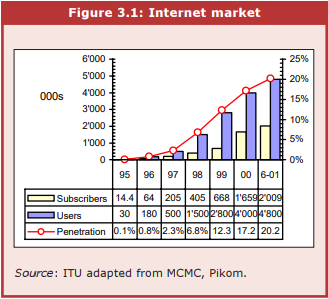
Source: ITU.int
By December 2000, internet penetration reached 17.2%, translating to 4 million users.
Since then, Malaysians have rapidly adapted to this digital wave, and so too has the way businesses operate.
As of 2018, Statista recorded RM16.05 billion in revenue from e-commerce alone in Malaysia.
Today, entrepreneurs can go global within hours, thanks to the rise of e-commerce platforms like Lazada, Shopee, eBay, and Alibaba.
These platforms give business owners access to a ready-made consumer network and international markets — though they also increase market competition from the very start.
As technology continues to reshape industries — from navigation apps replacing GPS devices, to Grab disrupting the taxi business — a natural question arises: Will digital platforms replace brick-and-mortar businesses?
In truth, they’ve certainly disrupted them, but not in a completely negative way.
Let’s break down how traditional business practices in Malaysia compare to today’s digital alternatives:
1. Business Formation
Traditional:
To establish a physical business, entrepreneurs typically needed to take out bank loans.
According to The Balance Small Business, setting up a business that produces its own products and has a physical presence could take at least a year — not including the time needed for loan approvals.
Expanding into foreign markets traditionally required Foreign Direct Investment (FDI), Turnkey projects, franchising, or licensing, methods still relevant today.
Digital:
While physical businesses may still need loans, the internet allows aspiring entrepreneurs to start online stores using free tools like Wix.com, and rely on investor support or dropshipping models to reduce overheads.
As highlighted by The Balance Small Business, someone working solo from home would only need a laptop and internet connection, with potential to launch within a day.
Product sourcing and supplier vetting may take time, but an online business can be operational in less than a month.
2. Product Sourcing
Traditional:
Product sourcing is crucial to business success.
Traditionally, Malaysian entrepreneurs purchased in bulk from wholesalers, which involved significant upfront costs.
This wholesale model was common for large supermarkets like Giant and Tesco, and even restaurants.
Rosyam Nor’s Rosyam Mart is one such example, where business owners source affordable seafood and meat products in bulk, enabling them to offer competitively priced meals.
Digital:
According to EasyStore’s Amirul Mokhtar, digital entrepreneurs can now leverage dropshipping — an online inventory model where sellers list products without holding physical stock.
Entrepreneurs purchase at agent prices once a customer places an order, eliminating the need for costly storage or inventory management.
3. Customer Experience
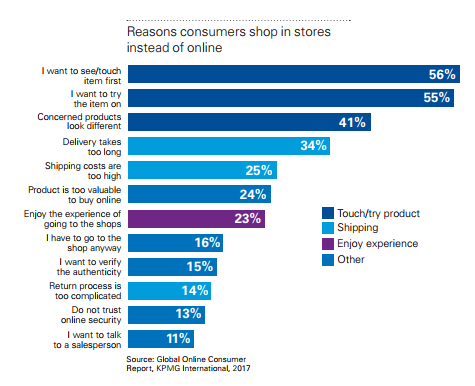
Traditional:
Physical stores offer experiences that online shops struggle to replicate.
According to V12data.com, while millennials are comfortable shopping online, many still prefer visiting physical stores before purchasing.
In-person shopping allows customers to touch, test, and evaluate products directly.
Traditionally, businesses relied on surveys handed out or placed on tables (or via iPads) for feedback — a practice still alive in certain restaurants and service outlets.
Digital:
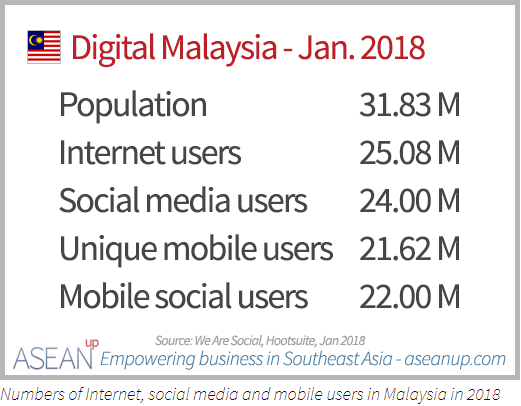
Source: aseanup.com
With over 78% of Malaysians online daily, ecommerce is booming. As of 2020, the e-commerce market generated US$3.9 billion (RM16 billion) in revenue.

Source: miti.gov
Around 63% of internet users in Malaysia are millennials, a tech-savvy generation driving this growth.
According to MatDespatch, foot traffic in malls has declined, while online platforms like Lazada have surged in popularity.
Although some global trends suggest physical stores still hold value, in Malaysia, the digital preference is growing stronger.
However, the best-performing businesses combine online and physical presence — because as the saying goes, “If it’s not on the internet, it doesn’t exist.”
4. Market Penetration
Traditional:
Historically, businesses focused on B2C models, promoting products through flyers, shouting promotions at store fronts, and during Bazaar Ramadhan or wet market events. Market penetration was labor-intensive but effective.
With the introduction of TV, radio, magazines, and newspapers, traditional marketing expanded its reach.
These mediums are still relevant today — for instance, Mingguan Wanita and Top Gear Malaysia remain popular in their respective niches.
Digital:
Digital marketing allows businesses to target specific audiences more efficiently.
Social media platforms are highly effective for this, especially with Malaysia’s leading site being Facebook at 85.77% usage, followed by YouTube (3.95%) and Pinterest (3.79%).
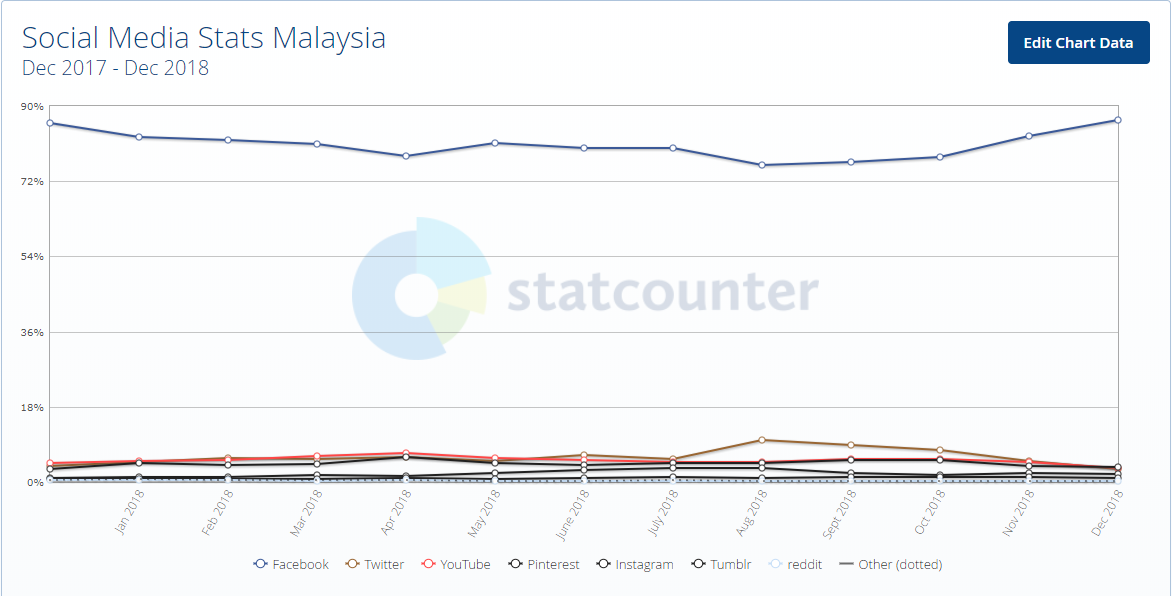
Source: StatCounter
While Facebook pop-up ads can be seen as intrusive, they’re often informative and targeted.
According to Bluewire Media, digital marketing is more precise, trackable, and data-driven than traditional advertising — offering businesses measurable, optimized, and cost-effective market penetration.
As Tim Cook, CEO of Apple, once said:
“Some people see innovation as change, but we have never really seen it like that. It’s making things better. To not innovate is to die.”
Innovation in business — especially through the internet — isn’t a dead end. It’s a stepping stone toward a better, more connected future, much like hybrid cars in the automotive world.
This is an expert article by iPrice Group.
Make Customers Love Buying From You
EasyStore empowers your brand to prioritize customers and enhance their experience, creating a unified customer experience (UCX) that makes customers love buying from you.
Over 50,000 brands have grown their businesses by embracing unified customer experiences (UCX) strategy through EasyStore across multiple sales channels - online store, retail outlets, marketplaces, and social media, ensuring consistency in product and service offerings for a seamless shopping journey.
Embrace UCX and redefine your business success today
Discover how UCX can elevate your customer engagement with a truly unified journey for your customers, streamline operations, and drive growth across all channels.
Contact UsLatest articles
-
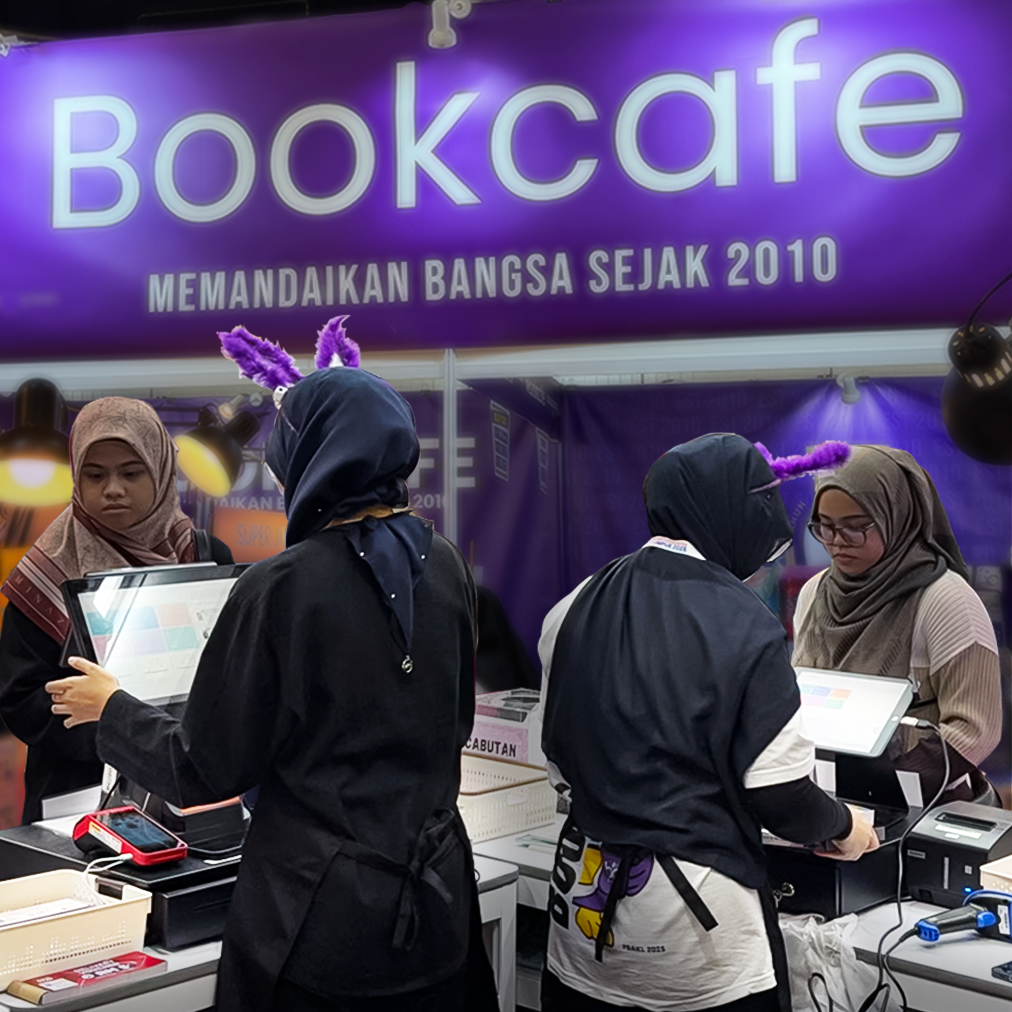
Bookcafe x EasyStore: Every 10 Seconds, Someone Discovers an Inspiring Read
By Erica Loh · 24th Jun, 2025
-
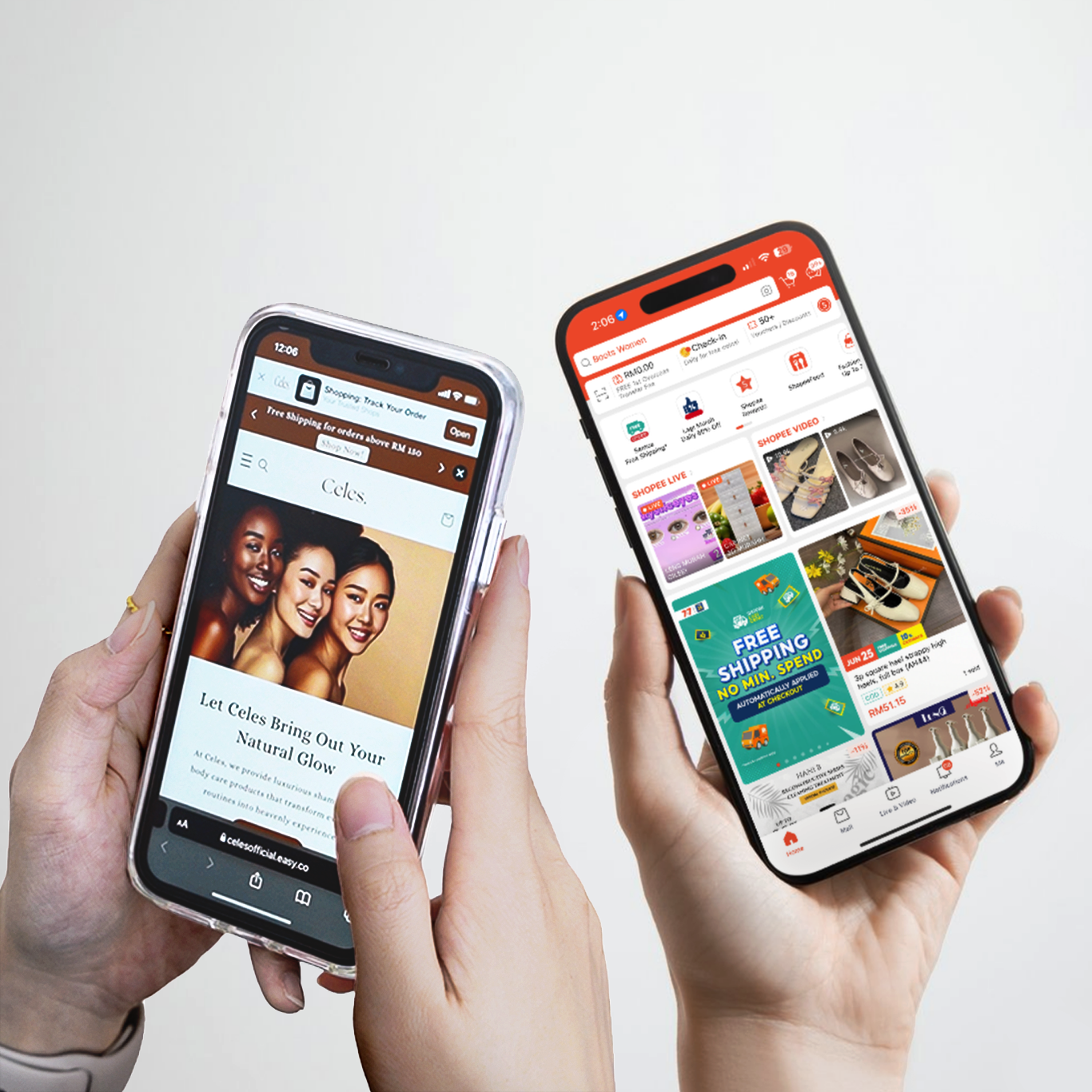
Online Store vs. Marketplaces: What's Best For Your Brand?
By Kelie Wong · 19th Jun, 2025
-
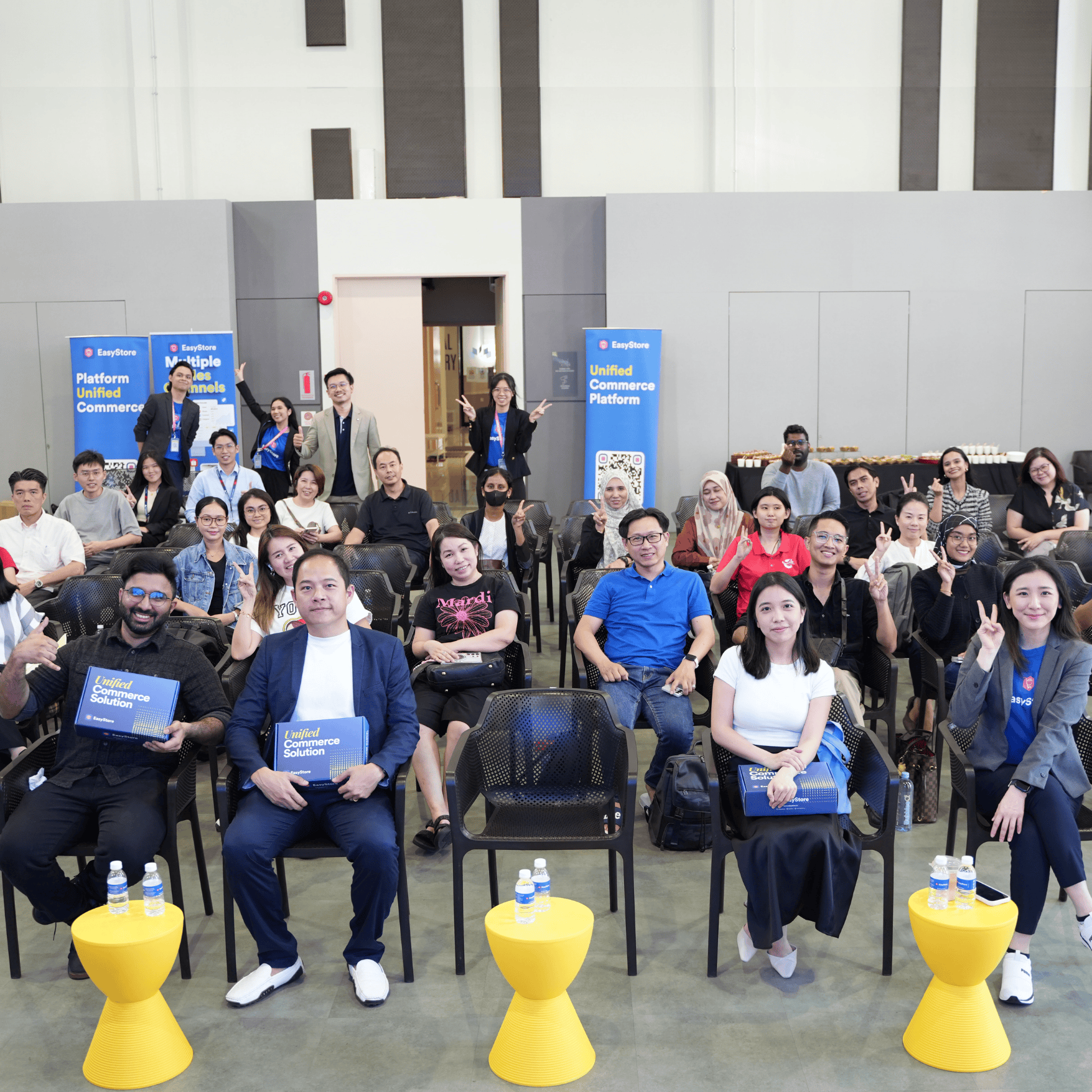
EasyStore's 2025 Commerce Tour Kicks Off in Penang: Empowering 1000 SMEs
By EasyStore Press · 18th Jun, 2025
-

Why Malaysian Retailers Are Switching To EasyStore in 2025
By EasyStore Team · 15th Jun, 2025
-

Supporting Small Businesses: EasyStore Collaborates with E3Hubs and AMBTY to Strengthen Malaysia’s SME Sector
By Chan Yu Xuan · 15th Jun, 2025
-
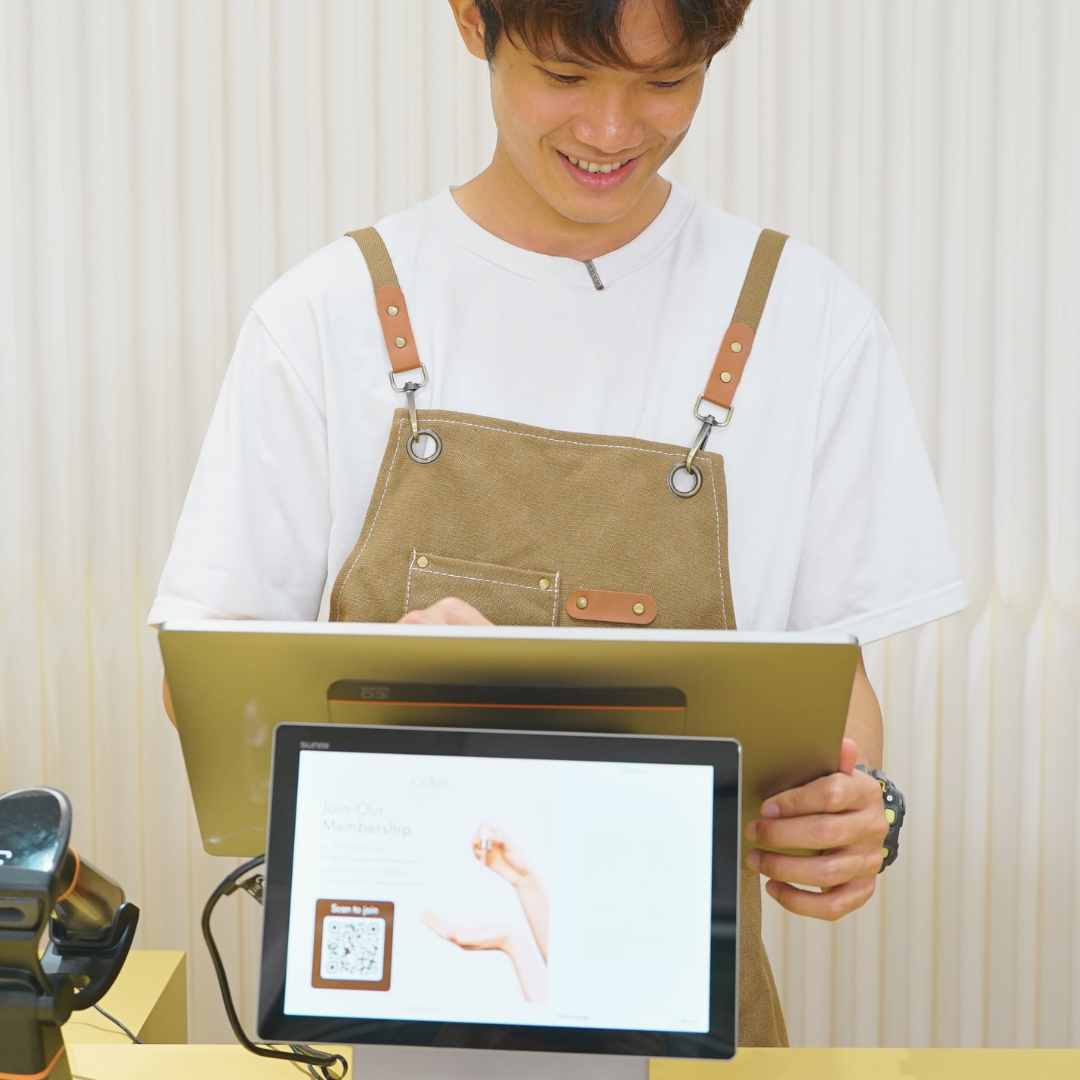
10 Must-Try Features Before Your Trial Ends
By EasyStore Team · 15th Jun, 2025